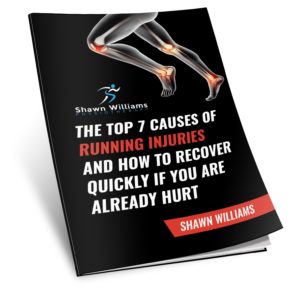Every January, many people will say their New Year’s resolution is to “exercise more”, “get in shape”, “be healthier”, or “lose weight”. While these can be great goals, any exercise-based New Year’s resolution need to be approached with a bit of caution. Whether you are returning to a sport/activity after a prolonged period of absence, or picking up a new form of exercise, you must remember to pace yourself.
You may think pacing yourself is silly and unnecessary. You may want to see results quickly, and you planned to do as much as possible. Or maybe you are motivated now, and you are worried if you go too slowly you will lose your motivation. Though these are understandable reasons for wanting to hit the gates running, you also need to be cautious of injury.
Over time, your body will become accustomed to whatever stresses it regularly endures, be it sitting for a prolonged period of time or a form of exercise. If you are introducing a new form of exercise, it is important that you allow your body time to adapt to these new stresses. This means you listen to your body, and don’t try to do too much too fast.
Exercise-related injuries are caused when the body is subjected to a force that is too great for the body to endure. These injuries may be caused from a single too heavy stress or from a more prolonged overload. Both of these can happen whether you are returning to an exercise regimen or beginning a new one. When you are starting a new form of exercise, remember to slowly increase the weight you are lifting, the distance you are running, the speed at which you are running, or the frequency you are exercising. If you are returning to an exercise regimen, realize that you will not be able to pick up right where you left off; you will have to slowly ease yourself back into your routine.
One Easy Way to Avoid Injury:
Setting SMART goals helps to ensure that you do not push yourself too fast! If you are unsure as to what is an appropriate time frame, here are a couple quick facts that may help: it takes approximately 6 weeks to see noticeable gains in strength; you should not increase the distance or duration of your jogging by more than 10% each week. A healthcare professional, such as a physiotherapist, can help you create personalized SMART goals.
SMART Goals are:
– Specific
– Measurable
– Achievable
– Relevant
– Time-based
Example of a SMART goal: Be able to run 2.5 miles in 30 minutes in 4 weeks




